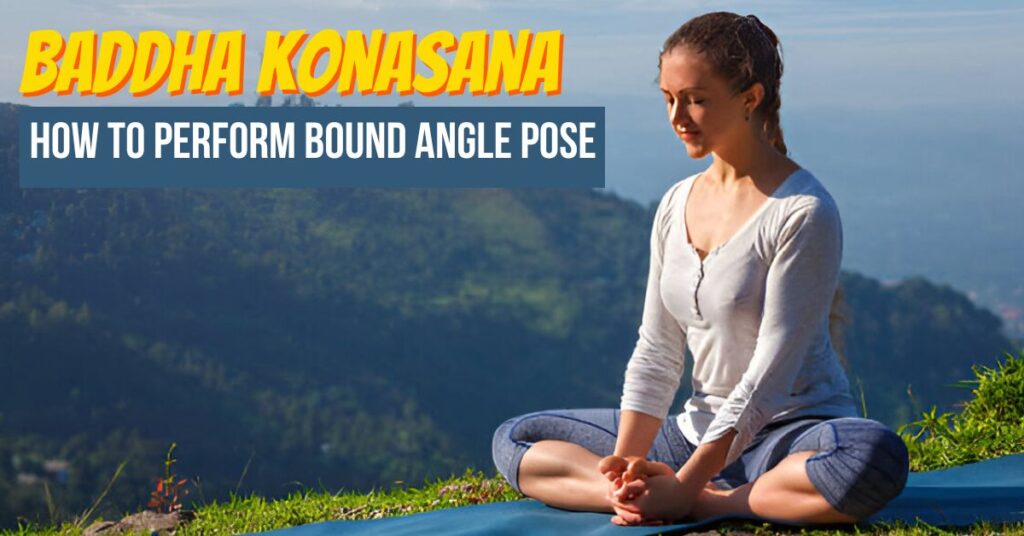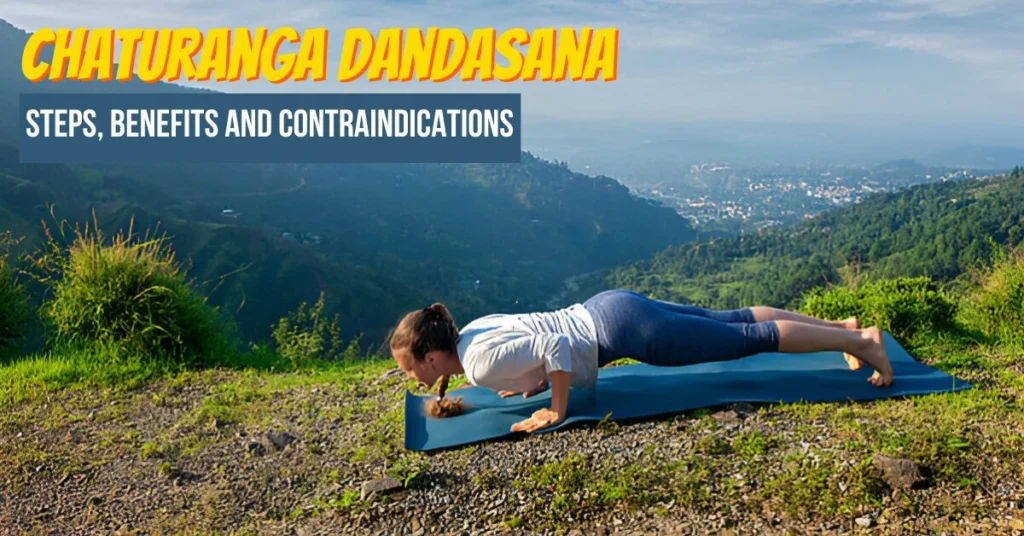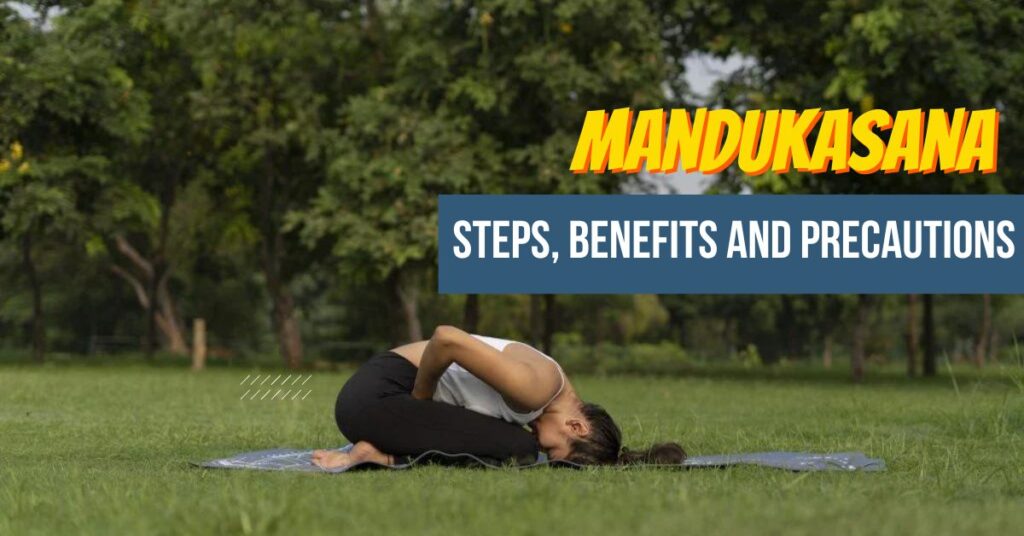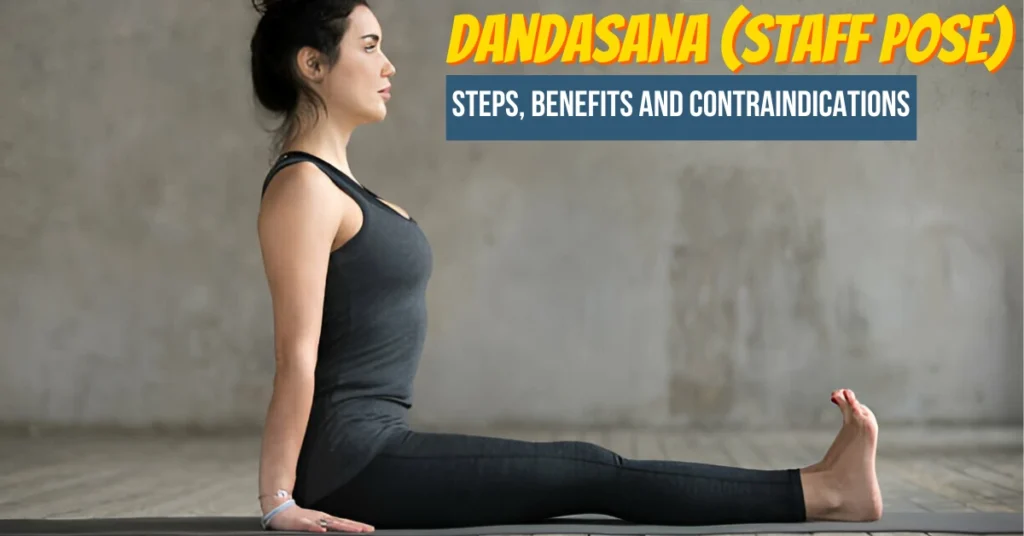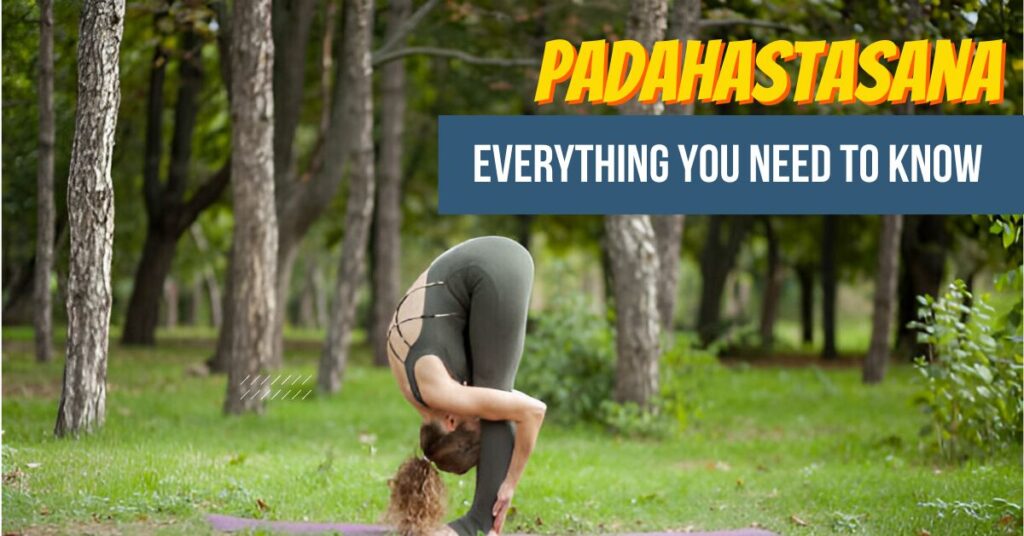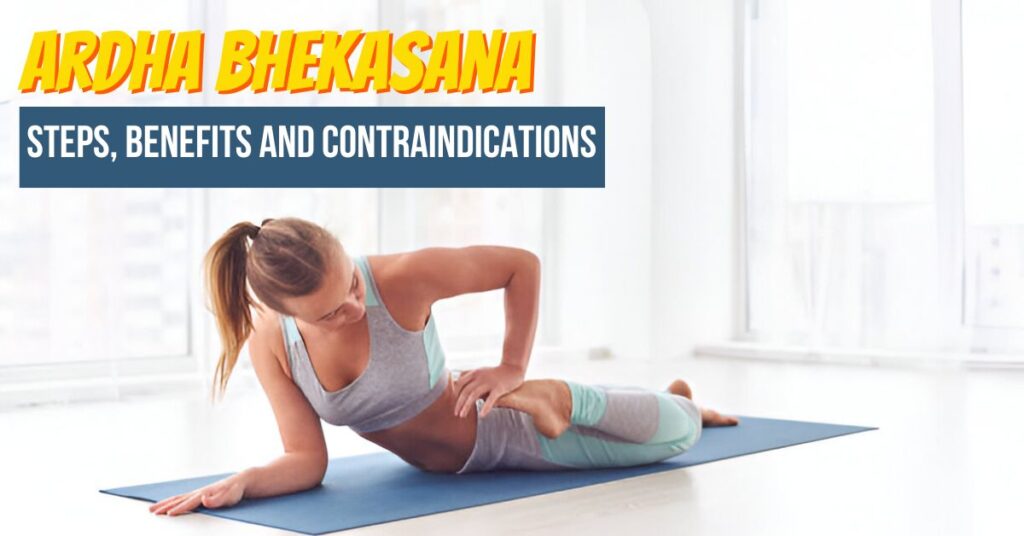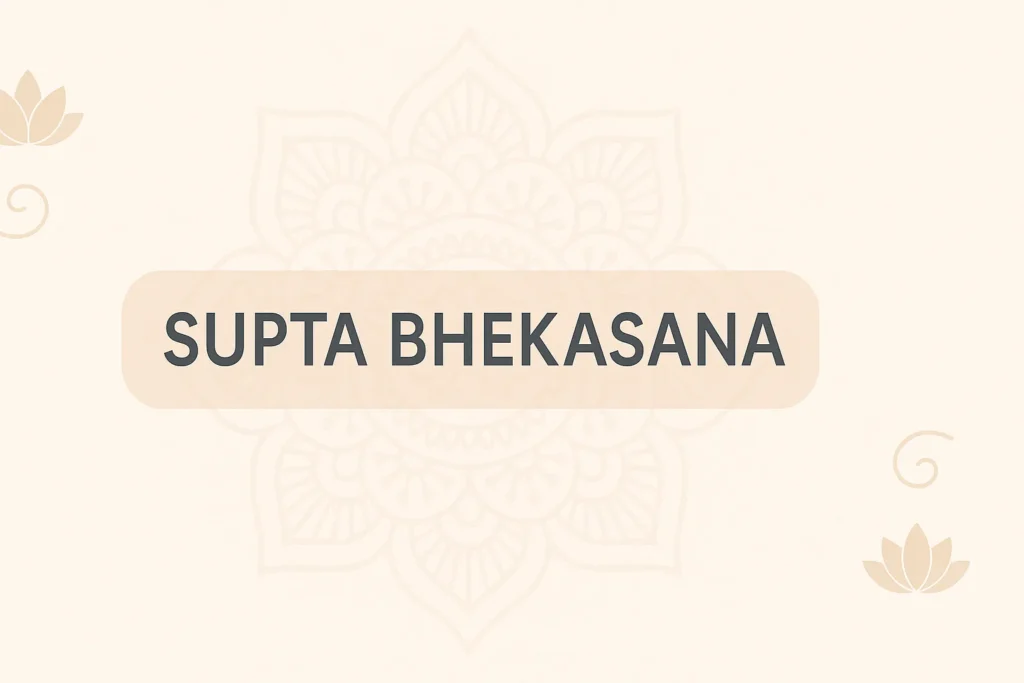Do you feel discomfort when you try to tie your shoelaces or pick something up from the ground? There could be many reasons for this discomfort, especially when you are a working person. You sit for hours and don’t have enough time to take care of your body. However, if you ever feel this sharp pain in your lower back, make sure to try Baddha Konasana, also known as the Bound Angle Pose. This asana can help you relax your muscles and bring relief to the body. In this detailed blog post, yogaasan will explain how Baddha Konasana can help you to reduce stress and anxiety, and we will also discuss Baddha Konasana benefits and precautions in detail. So, let’s dive deep in and know all about this amazing yoga pose!
What is Baddha Konsana?
Baddha Konasana, also known as the Bound Angle Pose, originates from Hatha Yoga and is a beginner-level yoga pose. An interesting fact about this yoga pose is that it is said to come from the seated position that Indian Cobblers adopt, which is why it is also known as the Cobbler’s Pose. Sometimes, it is also called the butterfly pose, as it seems like a butterfly flapping its wings. This asana comes from a Sanskrit word, where Baddha means Bound, Kona means Angle, and Asana means Pose or Posture. This asana opens up the hips, stretches the inner thighs and strengthens the muscles. If you perform this asana on a regular basis, it can help you treat insomnia and maintain your sleeping pattern. Now, let’s move on to discuss the benefits of Baddha Konasana in detail.
Baddha Konasana Benefits You Should Know
As we have already explored the meaning of the Baddha Konasana pose, let’s discuss its numerous benefits for the body, including:
- Baddha Konasana yoga is beneficial for your muscles, joints & fascia.
- This asana opens up the hips, makes your groyne flexible and strengthens the joint muscles.
- Reduces PCOS symptoms, reduces pelvic pain and improves reproductive health and fertility.
- Performing this asana improves blood circulation in the lower body. It also reduces stress and anxiety.
- Helps in digestion, bloating, constipation and other issues related to the abdomen.
- Stretches and strengthens the spine, relaxes and reduces pain in the lower back.
How To Do Baddha Konasana Pose (Easy Steps)?
Let’s learn about Baddha Konasana steps, which are very easy to perform and can bring many benefits to your body. Let’s discuss how to do it:
- Sit in Dandasana Pose. Keep your spine straight and your legs in front of you about hip-width distance.
- Now, fold your legs in such a way that you can join your soles together.
- Bring the heels as close to the pelvis as comfortably as you can.
- Hold your feet or toes tightly with your hands. Drop your knees out to the sides. If you need more support, you can keep your hands below your feet on the mat. Ensure your back is straight.
- Exhale, fold forward and touch your forehead to the floor. Maintain the pose for a few breaths, and then relax.
- Now, exhale and come up. Sit in Sukhasana Yoga Pose.
- Repeat the asana for 2-3 times.
The 3 Comfortable Baddha Konasana Variations
When we discuss any yoga asana, not all individuals can perform it the same way. That is why variations are created. We will discuss the different Baddha Konasana Variations so that you can perform this asana at your comfort level.
Variation I (Keeping your Knees Close)
To perform this Baddha Konasana posture, you may keep your hands close. Touch the soles together and hold them with your hands. Bring your hands close to the hips. Make sure you do not put extra pressure on your knees to touch them to the ground, as this can cause injuries. By performing this variation, you make sure that the main focus is to bring the feet close to the pelvis without putting so much pressure. By holding your feet tightly, you can move your soles upward; this will activate your hip muscles and ensure that your back and spine are straight and strengthened.
Variation II (Extending Variation I)
While doing this variation, keep your body straight and your feet 4-6 inches away from your body. Lift your knees off the floor. Now, bring your upper body to the floor by bending forward. Release the asana in case of any discomfort. By performing this variation, you focus on getting the heart closer to the feet. It entirely depends on how flexible your body is. Try to touch your head and then the chin to the floor. Don’t push yourself too hard, as it can cause significant injuries. Focus on stretching your hips and knees rather than just moving your body forward.
Variation III
Sit in a comfortable position, keeping your back rounded and pelvis tilted backwards. Hold a grip on your feet with both hands. Slowly bend forward and keep your head down. Try to touch your forehead to your toes. Don’t push too hard. Breathe slowly and deeply. Move your torso gently, and don’t put too much pressure on your ribs.
Baddha Konasana Contraindications
There are a few contraindications that every yogi should keep in mind while performing the Baddha Konasana Bound Angle pose:
- If you are having knee, neck or injuries in the hips, you should not perform this asana.
- If individuals suffering from severe sciatica perform this asana, they should remember that the asana is not easy to do and might bring discomfort. So, you should take the necessary precautions while performing this asana.
- People suffering from lower back pain might face difficulties while performing the Baddha Konasana Bound Angle Pose, so support is always needed.
Key Takeaways
When you perform the Baddha Konasana pose on a daily basis, it soothes your body, mind and spirit. Performing this asana regularly can make you feel less stressed and anxious, and you become more flexible and strong. It also improves your overall health. Anyone can perform this pose, no matter their age. However, it is necessary to know all about Baddha Konasana steps and Benefits to avoid any injuries. Always remember to take deep breaths, focus on the stretch and release the asana as soon as you start to feel uncomfortable. We hope you have all the Baddha Konasana information by now; stay calm and get the most out of this asana. Namaste!
Frequently Asked Questions (FAQs)
Does Butterfly Pose reduce belly fat?
Butterfly Pose is proven to reduce lower back pain and improve flexibility, but this cobbler pose does not reduce belly fat. This asana opens up the hips and strengthens and stretches the groin area, improving the overall flexibility of the body.
Can we do Butterfly Pose daily?
Yes, the Baddha Konasana yoga(butterfly pose) can be performed regularly. It is best for people with hip stiffness due to long sitting hours. This Cobbler Pose is beneficial to people of every age.
How many minutes should I do butterfly pose?
You should perform the asana for 3-5 minutes, depending on how long your body feels comfortable. Repeat the asana 2-4 times daily for better results.
